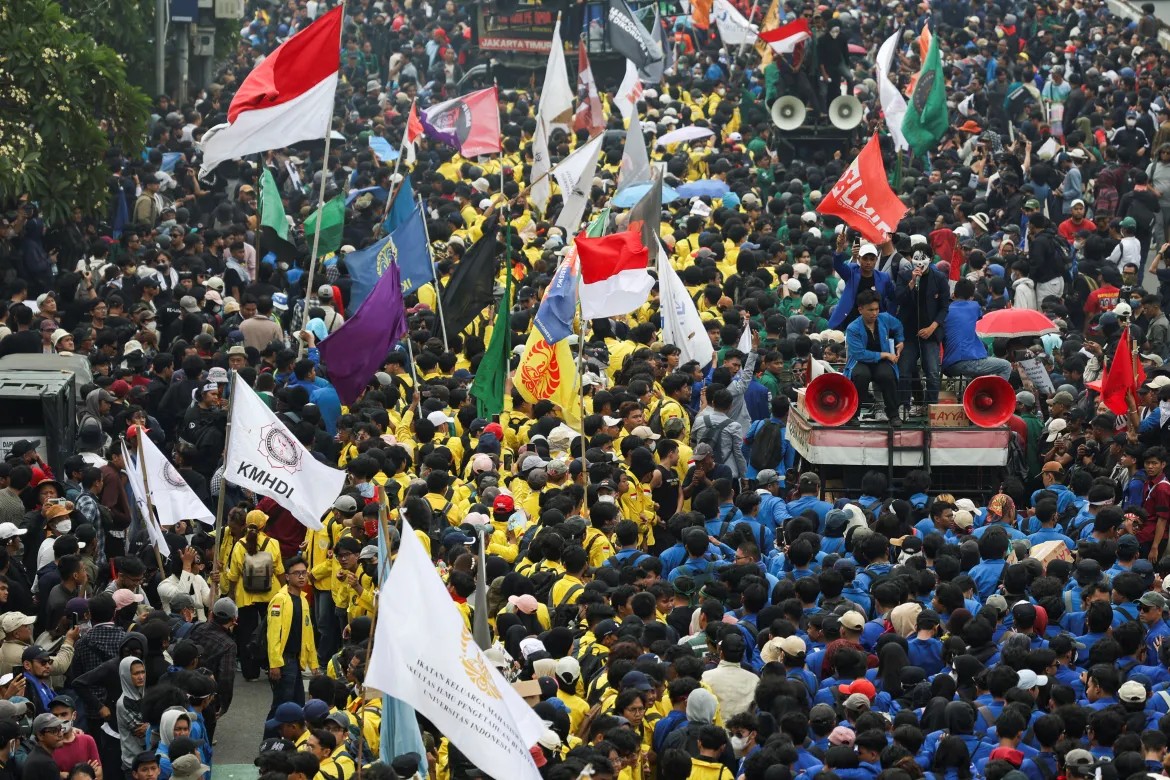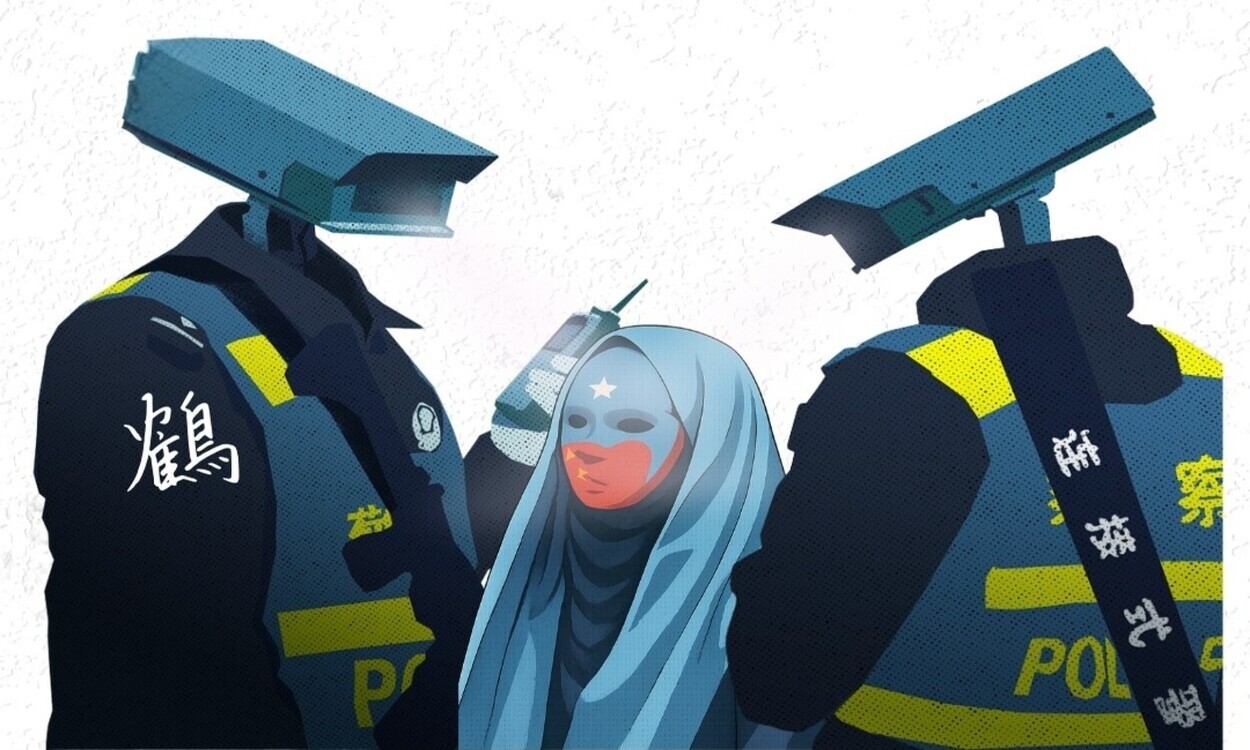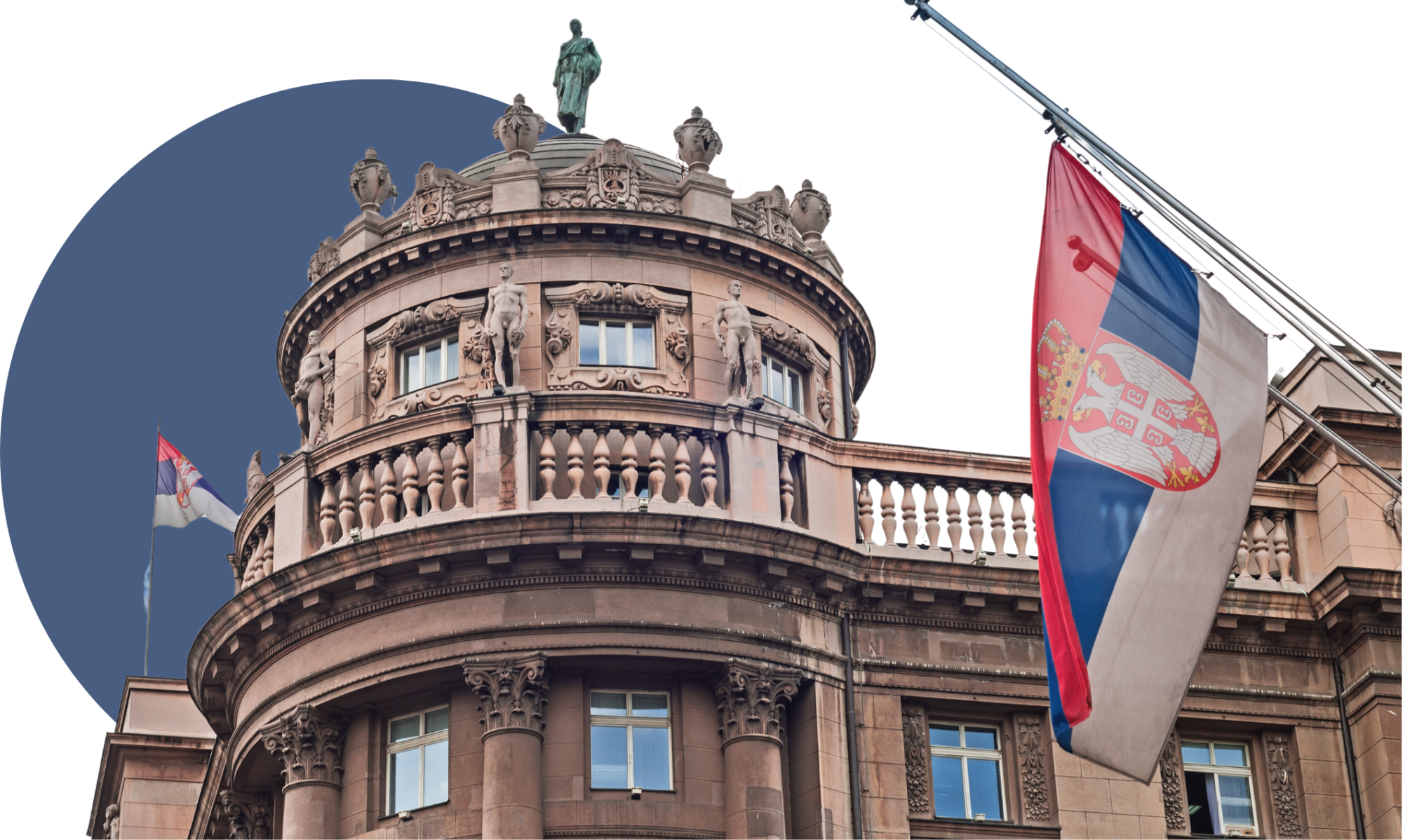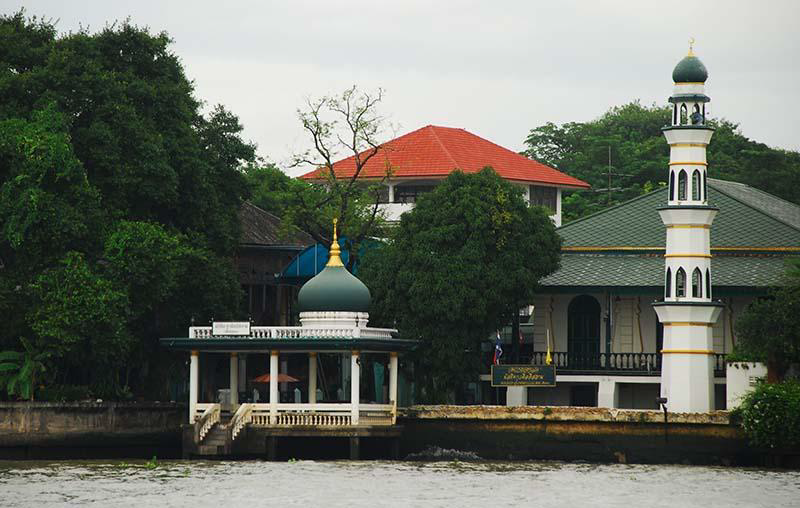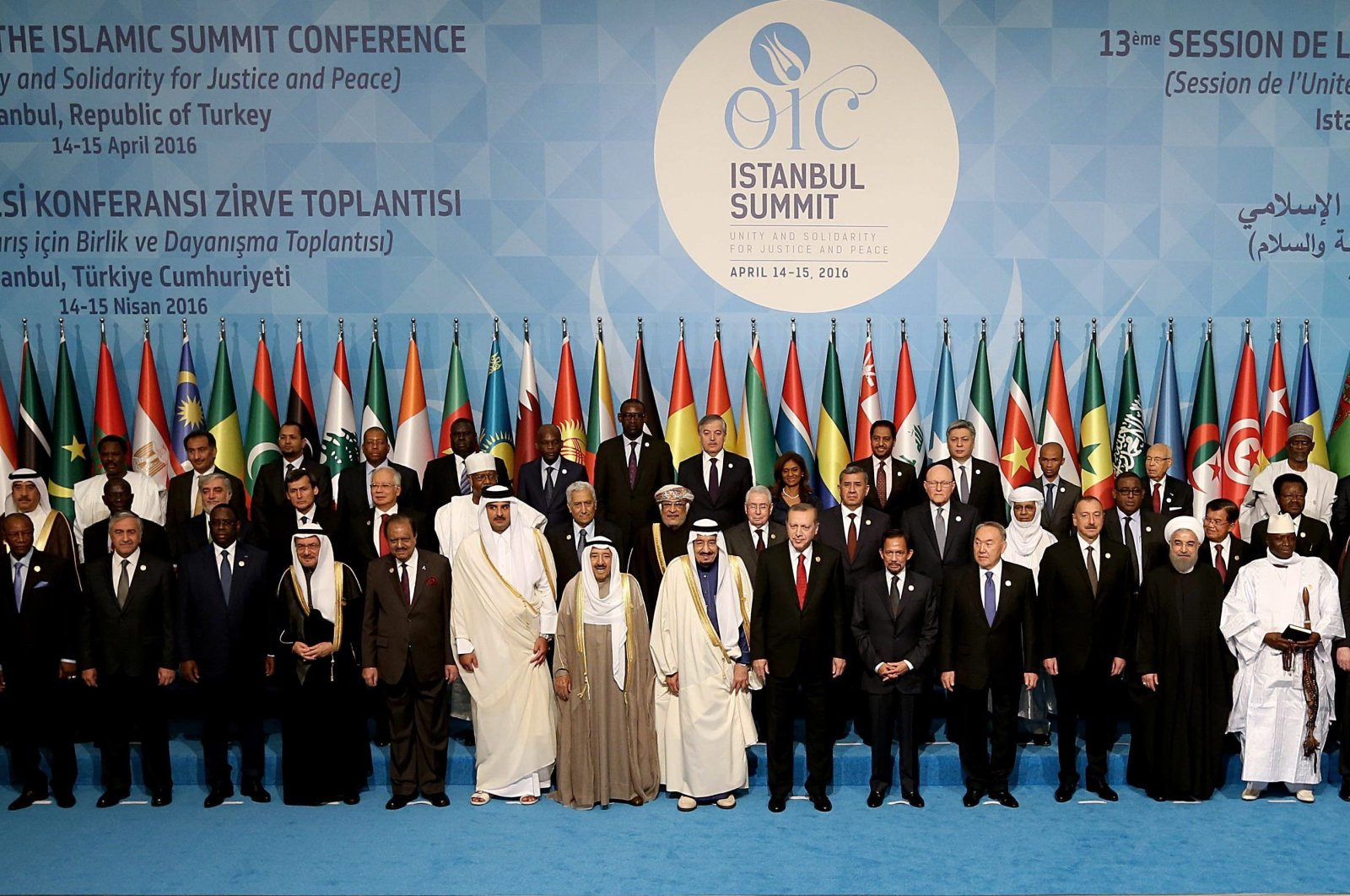
Environmental Sustainability and Development in OIC Countries
The Organization of Islamic Cooperation (OIC) is composed of 56 member countries and 5 observer member countries. These member countries are situated across diverse geographical regions, displaying distinct levels of economic development and environmental pollution. Furthermore, the availability of energy resources varies among these nations. This current study delves into the analysis of OIC countries, focusing on their environmental sustainability and human development aspects.

Figure 1. OIC Member and Observer Countries (Member countries are shown in green, while observer countries are indicated in red).
Source: Wikimedia, Map of nations in Organization of the Islamic Conference.
Human Development Index and Sustainable Development Goals
Diverse indexes are employed for the comparative analysis of countries concerning human development and environmental sustainability. One of these, the Human Development Index (HDI), is calculated and released annually within the scope of the United Nations Development Programme (UNDP). The HDI calculation considers parameters including life expectancy at birth, expected and average years of schooling, as well as gross national income per capita adjusted for purchasing power parity. Within this framework, the recently published HDI report for the year 2022 encompasses a comprehensive list of 191 countries, intricately organized according to their individual index scores. As per the revelations of the 2022 report, Switzerland secures the topmost position with a noteworthy score of 0.962, in sharp juxtaposition, South Sudan lags behind with a relatively modest score of 0.385. With the sole exception of Somalia, attributed to data constraints, all OIC countries find their incorporation within the scope of this index.
The literature discussing the repercussions of the economic development process on environmental issues dates back to the 1970s. The first practical initiative resembling an action plan to address these problems was the Millennium Development Goals (MDGs), adopted by United Nations member countries for implementation between 2000 and 2015. Alongside the completion of the Millennium Development Goals program, the concept of “sustainable development” started to take center stage, highlighting its deficiencies. At its core, sustainable development can be defined as the endeavor to satisfy the present generation’s requirements without undermining the capacity of succeeding generations to fulfill their own necessities. In this context, the Sustainable Development Goals (SDGs) Index, established under the motto “Leaving No One Behind” has been developed by the United Nations, akin to the HDI. It has been adopted by 193 countries for realization between 2015 and 2030, built upon 17 core objectives and 120 sub-indicators.
The index score, calculated based on relevant indicators, portrays the progress of countries towards achieving the SDGs. The latest SDGs report released in 2023 encompasses index scores for 166 countries. In this context, the results from 2022 reveal that Finland holds the top position in the index with a score of 86.8, while South Sudan ranks at the bottom with a score of 38.7. With the exception of Guinea-Bissau and Libya, all OIC countries are encompassed within the index.
HDI and SDGs Indices: The Situation of OIC Countries
The SDGs Index encompasses 17 core goals, out of which 6 are directly related to environment and energy: “SDG 6 Clean Water and Sanitation,” “SDG 7 Affordable and Clean Energy,” “SDG 12 Responsible Production and Consumption,” “SDG 13 Climate Action,” “SDG 14 Life Below Water,” and “SDG 15 Life on Land.” The provided table presents the general SDGs index scores, accompanied by the HDI scores and carbon emissions analysis for OIC countries. Within the tables, the situations of the top 5 and bottom 5 OIC countries in each respective category are highlighted, along with the status of Türkiye.
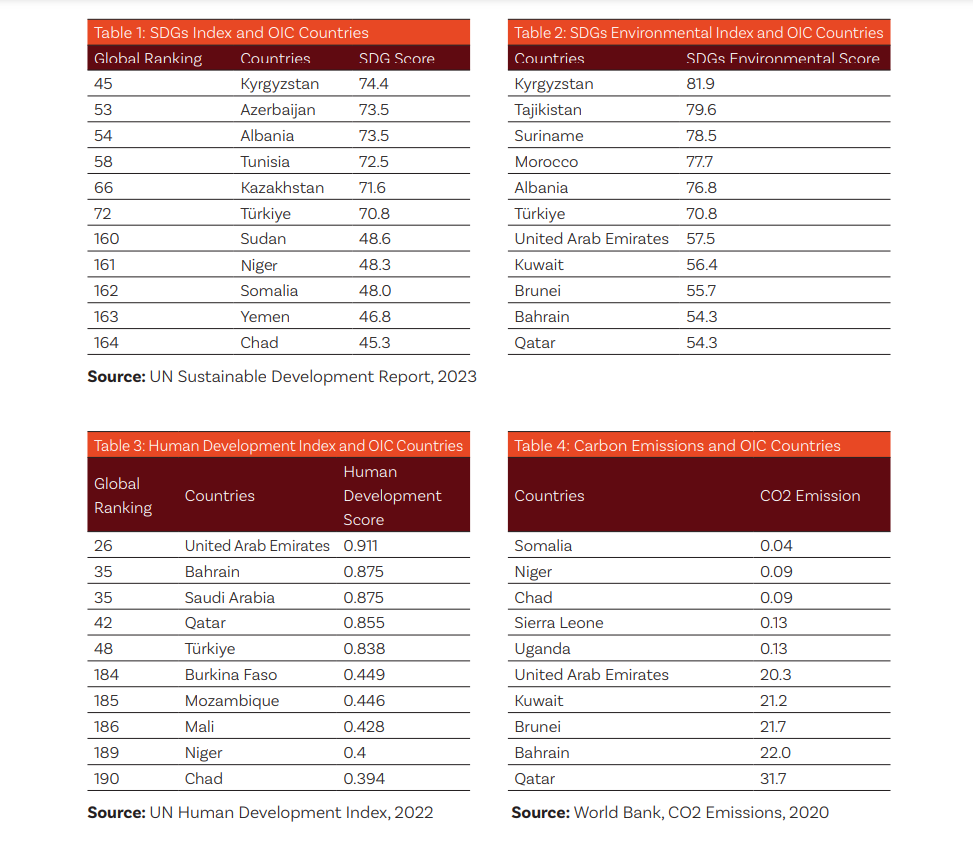
In Table 1, the countries with the highest and lowest scores in the SDGs index are highlighted. Kyrgyzstan, the country with the highest index score, occupies the 45th position in the global ranking. Conversely, the nations with the lowest scores are also the most economically disadvantaged. Türkiye, on the other hand, holds a mid-range position. Table 2 provides insights into the rankings of OIC countries within the Environmental Index, which is formulated based on the SDGs scores. This index is built upon the scores of the 6 indicators mentioned earlier, which pertain to environmental and energy aspects within the SDGs framework. Particularly noteworthy in Table 2 is the presence of economically affluent countries such as Qatar, the United Arab Emirates, and Kuwait, which exhibit relatively lower scores in terms of environmental indicators. These countries share a common trait of possessing substantial petroleum reserves, which fundamentally constitute a significant source of their economic prosperity.
Table 3 contains the highest and lowest HDI scores among OIC countries. Among these nations, the United Arab Emirates holds the highest HDI score, while Chad has the lowest. Notably, the OIC countries with higher HDI scores are predominantly Gulf nations enriched with substantial oil reserves, whereas those with lower scores are primarily low-income African countries. Table 4 presents data concerning carbon emissions, a notable contributor to environmental pollution. Table 4 reveals a noticeable distinction when compared with the HDI data. Remarkably, the OIC countries ranking higher on the HDI index are concurrently the ones with the greatest carbon emissions. Türkiye establishes itself within the top 5 OIC countries based on HDI scores, while occupying an intermediate position regarding carbon emissions.
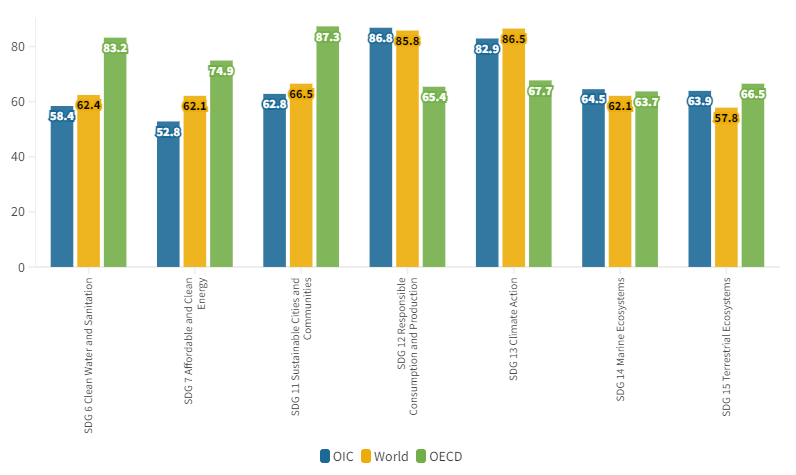
Figure 2. Climate, Environment, and Energy in OIC Member States under the SDG Framework
Source: UN Sustainable Development Report, 2023
Figure 2 includes indicators from the SDGs index related to climate, environment, and energy. According to this, except for SDG 14, OIC countries lag behind OECD countries in all indicators. When considering the global average, OIC countries fare better than the world average only in terms of SDG 12 and SDG 14. However, in general, OIC countries fall behind both the world and OECD averages in terms of sustainable development. The core issue here lies in the fact that low-income African countries are trailing in development, while high-income Gulf countries suffer from elevated levels of environmental pollution due to their reliance on fossil fuels.
Analysis
We base our assessments regarding the OIC on data from global organizations when it comes to indicators such as sustainability, environmental pollution, and human development, as there are no measurement methods developed by the Organization of Islamic Cooperation (OIC) that are specifically grounded in Islamic values. Although the Sustainable Development Goals (SDGs) may not perfectly align with Islamic values in their entirety, it’s important to highlight that the objectives concerning the environment and energy exhibit a significant harmony with Islamic principles and possess universal attributes. The principle underlying the SDGs, “leaving no one behind” resonates with Islam’s emphasis on solidarity. The concept of sustainable development coheres with the universally acknowledged reality that carbon emissions and the use of fossil fuels lead to environmental pollution.
Upon analysing OIC countries through the lens of both the SDGs index and HDI framework, specific insights emerge. It becomes evident that countries with abundant oil reserves and higher income levels tend to excel in terms of human development, yet often find themselves lower in the rankings concerning sustainable development and environmental pollution. This phenomenon underscores the correlation between economic prosperity and heightened environmental degradation within these nations. However, many OIC member countries tend to occupy lower positions in terms of human development, while displaying notably low levels of carbon emissions. This situation is largely influenced by the underdevelopment of sectors like industry, which typically contribute to environmental pollution in these nations. In theory, advancements in human development and economic well-being should lead to concurrent progress in sustainability. However, the challenge lies in the fact that high-income OIC countries owe a significant portion of their economic growth to the fossil fuel trade, hindering the anticipated strides in sustainable development.
Another significant finding indicated by the available data is the economic disparity among Islamic countries. Within the Organization of Islamic Cooperation (OIC), there are both the world’s poorest and wealthiest nations. This reality raises questions about the extent to which Islamic countries uphold the principle of “unity and solidarity” advocated by the Islamic faith. The lack of collaboration, particularly in terms of economic development and progress, among Islamic countries underscores a missed opportunity to fully embrace the blessings that unity and mutual support could bring.
On the flip side, the urgent challenges faced by impoverished nations, including issues such as war, drought, hunger, and malnutrition, tend to take precedence over problems like environmental pollution. The necessary course of action involves intensifying cooperation among Islamic countries, fostering fresh partnerships, and primarily aiding the development of economically disadvantaged nations.
References
Dışişleri Bakanlığı (n.d.). İslam İşbirliği Teşkilatı (İİT). Retrieved from https://www.mfa.gov.tr/islam-isbirligi-teskilati.tr.mfa
United Nations (2000). Resolution adopted by the General Assembly: United Nations Millennium Declaration. Retrieved from www.un.org/en/development/desa/population/ migration/generalassembly/docs/globalcompact/A_ RES_55_2.pdf
United Nations (2017). United Nations System Chief Executives Board for Coordination. Leaving No One Behind: Equality and Non-Discrimination at the Heart of Sustainable Development. Retrieved from https://unsceb.org/sites/ default/files/imported_files/CEB%20equality%20 framework-A4-web-rev3.pdf
United Nations (2022). Human Development Index (HDI) 2022. Retrieved from https://hdr.undp.org/data-center/ human-development-index#/indicies/HDI
United Nations (2023). Sustainable Development Report 2023. Retrieved from https://dashboards.sdgindex.org/chapters
World Bank Data (2020). CO2 Emissions. Retrieved from https://data.worldbank.org/indicator/EN.ATM.CO2E.PC
Emrullah Aydın
İstanbul Arel Üniversitesi, Muhasebe ve Finans Yönetimi Bölümünde araştırma görevlisi olarak çalışmalarını sürdürmektedir....
 Emrullah Aydın
Emrullah Aydın


